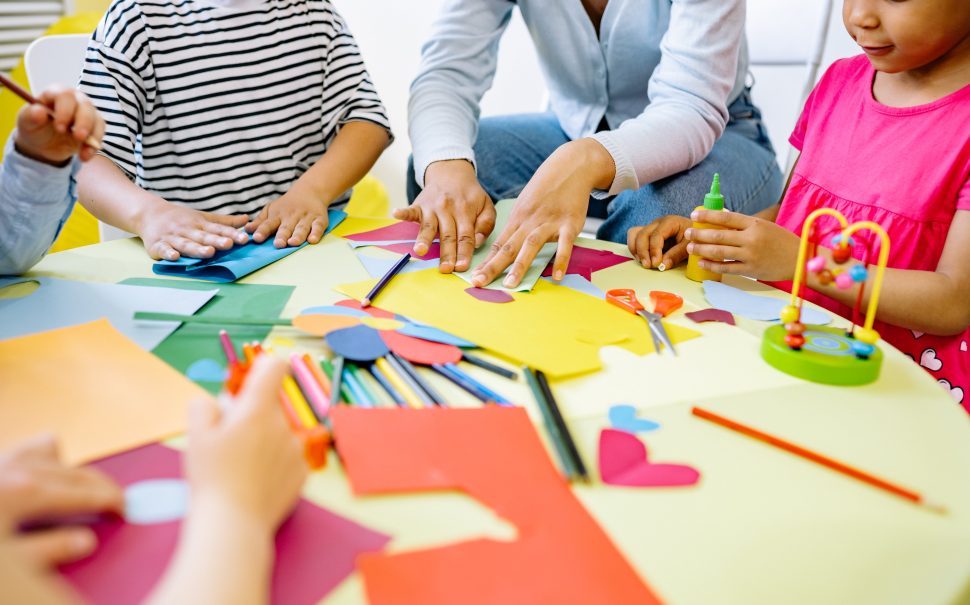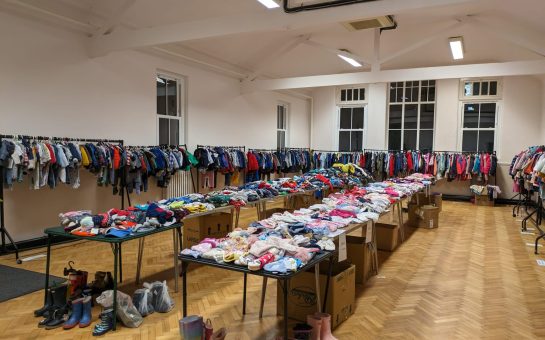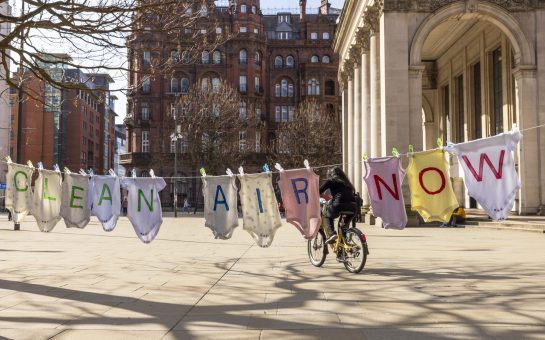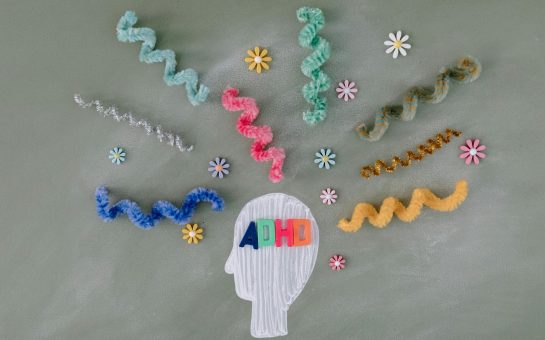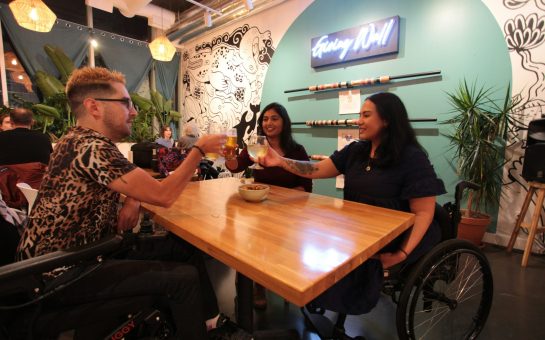The North West had the lowest percentage of young children with a good level of development for the past two years, according to the latest data.
This data, released by the government, is of the development of children aged up to five years old – in the Early Years Foundation Stage (EYFS).
In 2022/23, the region had 64.3% of children with good development, a modest rise from 2021/2022.
Whilst there has been an increase for children with a good level of development in 2022/23, it still ranked as the lowest percentage nationally.
The national average for 2022/23 was 67.2%.
Pre-pandemic 2018/19 (not directly comparable due to assessment changes) the national average was 72%.
Despite the area’s comparatively low level of good developments, nursery-age children in the North West had pupil-teacher ratios (PTR) that were close to the average across England.
This ratio is calculated by dividing the number of pupils by the number of teachers – an increase in PTR means that there are more pupils per teacher.
As a region, it ranked above the national average in both Nursery and Primary by small margins – while the North East has a notably higher nursery PTR in the country (8.5 percentage points above the national average) despite outperforming the North West in terms of good development.
A higher PTR can have an impact on children’s development during the EYFS; the opportunity for high-quality interactions to support communication and language is less.
Across the whole of the education system, PTRs are very similar, apart from densely populated Inner London.
Post-pandemic young children missed many experiences so to support development they will need more individualised attention, particularly the children and parents who have missed out on early support.
One factor for the low percentage of good development may be linked to a rise in poverty.
According to the Children’s Commissioner for England after the 2021/22 report, the percentage of children with a good level of development ranged from 55% in the 10% most deprived neighbourhoods to 75% in the 10% least deprived areas.
The Children’s Commissioner also compared the difference in the percentage with a comparison of Manchester – which had just 53% – to Richmond upon Thames, which had 74%.
When compared to the latest available data from Action for Children in 2021/22, Manchester was the third worst local authority for child poverty – with 44.7% of the city’s children living in poverty.
In addition to this, Manchester Gorton has 50.8% (15,656) of children in poverty with 70% of those in the area being in working families.
Councillor Irene Robinson Labour Member for Ancoats & Beswick, said of the findings: “We can see the negative impacts of austerity and covid on the development of children across Manchester – forcing families into poverty, making children go hungry or struggle with social interaction and education.
“If we don’t correct this then it can carry whole life consequences and put further barriers in place for children and young people.
“As a Labour councillor I’m proud of the fact we have strategies in place – Making Manchester Fairer to tackle health inequalities and the Year of the Child to focus on supporting our most vulnerable children after Covid as a stepping stone to becoming a Unicef Child Friendly city.
“Whilst we are still limited by budget cuts from (the) government. We are dedicated to helping all our children and young people achieve their potential.”
